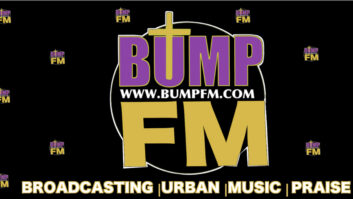Paul McLane is editor in chief.
From the start, observers of the expansion of low-power FM radio have speculated and done analysis about many new stations could be shoe-horned into the largest U.S. cities, even after the FCC eased its interference requirements. We are getting a better idea now.
Having earlier disposed of relatively easy “singleton” applications, the commission has now published its second list of tentative selectees from mutually exclusive groupings. The latest is based on 327 applications in the Midwest and eastern regions that the FCC put into 111 MX groups; the FCC previously released a notice for 79 MX groups in the Western states; and a third, final batch is expected in coming months.
The selections reflect a point system that gives value to factors such as established community presence, local program origination, tribal status and so forth. (Sample language: “Although the applicant, Kutztown University, a local chapter of the Pennsylvania State System of Higher Education, is eligible for a LPFM station, the broadcast interests of the PSSHE are attributable to it for purposes of the new entrant point criterion. Accordingly, it does not qualify for this point.”)
The findings tell us that in the Chicago area, for instance, LPFM hopefuls Legend Media Network Group, University of Heaven and Divine Redeemer Presbyterian are apparently on the losing side in seeking various Chicago-area LPFM slots, while certain other applicants could end up in time-share arrangements, such as Chicago Independent Radio and the Des Plains Police Department, because they tied in points. Or look east to the New York area, where Brooklyn-based Educational Lab Inc. comes out on top, at least as far as the FCC point system goes, ahead of Radio Elizabeth Inc. in nearby New Jersey for what surely will be a very desirable LPFM signal.
The list includes tentative winners in markets as big and varied as Washington and suburbs; New Haven, Conn.; Baltimore; Boston and suburbs; Minneapolis; Raleigh, N.C.; and many other sought-after communities.
But wait: These decisions kick off a 30-day period in which those who don’t agree with the choices can file petitions to deny, and I have to believe we will see a lot appeals. The point decisions are crucial and are where we can expect objections. And where there is a tie, the commission turns to the idea of stations sharing time; the list includes a lot of such possible outcomes, and participants have 90 days to file voluntary time-sharing proposals as well as major change amendments. If voluntary time-sharing is not reached, a further set of contingent rules kick in by which the FCC makes a somewhat Solomonic decision.
This all makes for some fascinating winner/loser scenarios and additional work for the lawyers.
Want to dig into the details? As RW’s news department has reported, FCC Attachment A lists, by group number and state, each of the applicants in the mutually exclusive groups the bureau analyzed in this batch. The tentative selectees are in bold.
And note further! Many of the tentatively-selected applicants asked for a waiver of the second-adjacent channel spacing requirements. Attachment B identifies these applications and respective stations; and I am betting that managers for FM signals like WQXR, WXTU, KTIS, WFAN and other big-market stations will have something to say about these waiver requests. Just a hunch.










